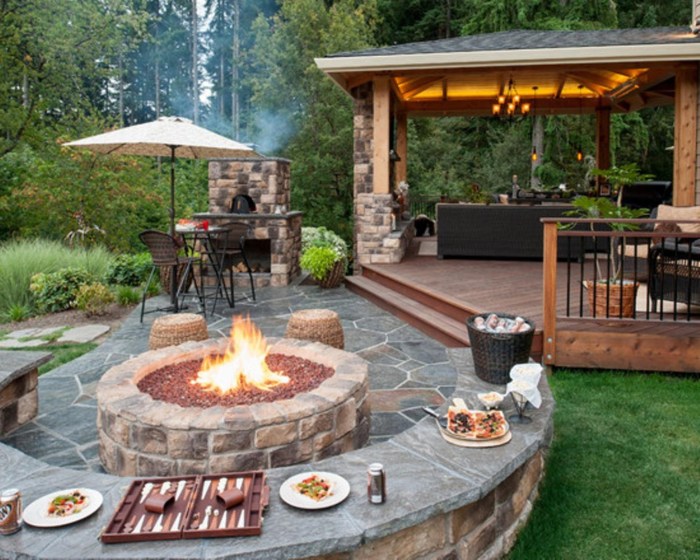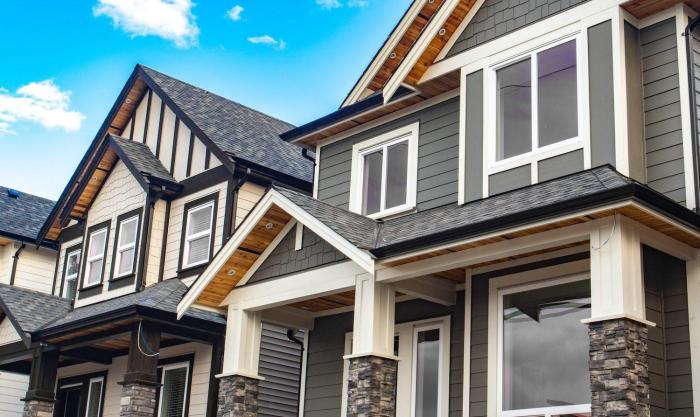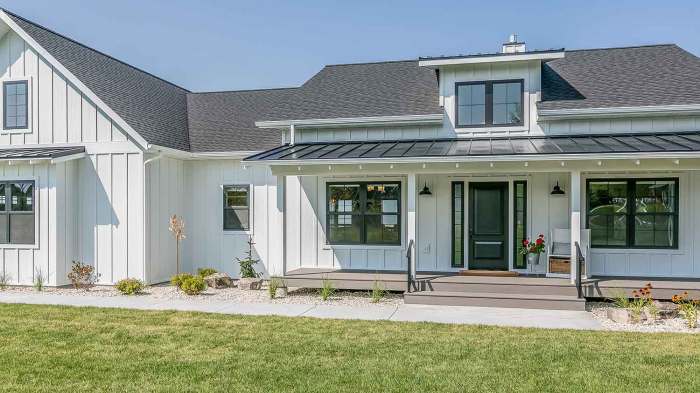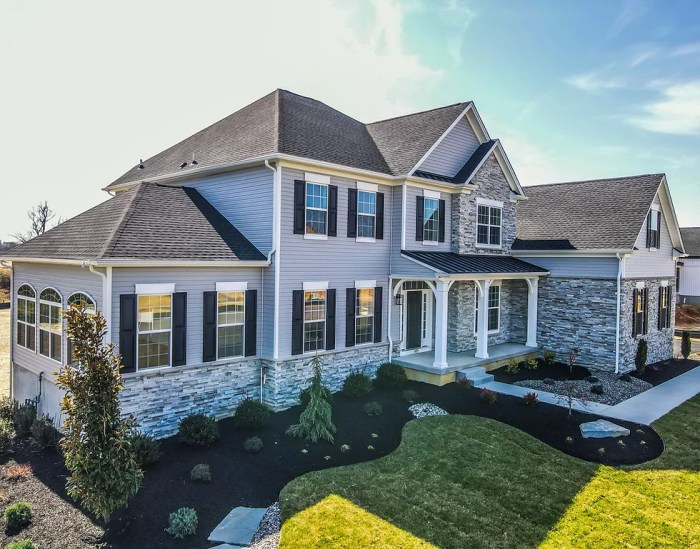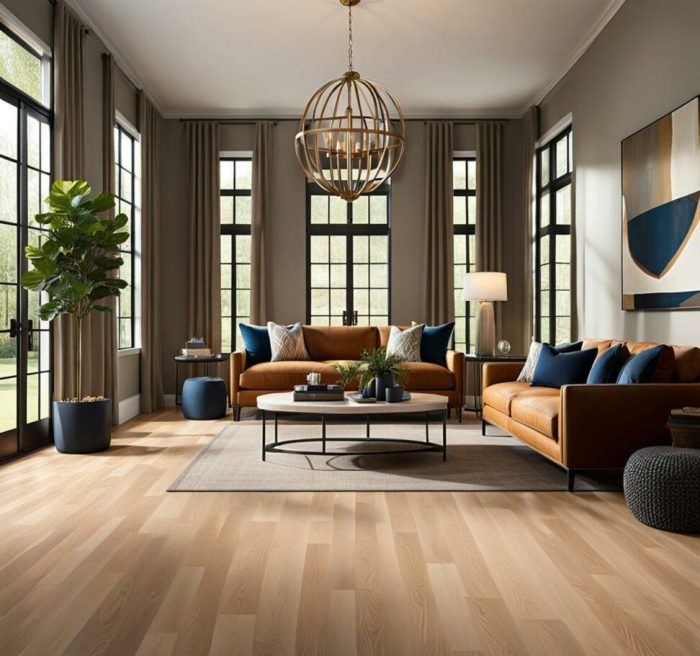Revamping Your Home: The Ultimate Guide to Siding Remodel
Embark on a journey to transform your home with a siding remodel, a pivotal aspect in enhancing your home's aesthetics, energy efficiency, and protection against the elements. This guide delves into the diverse facets of siding remodel, offering insights and tips to elevate your home's exterior appeal.
Importance of Siding Remodel
Updating the siding of a home is crucial for enhancing its overall curb appeal and increasing its value. It is one of the first things that people notice about a house, and a fresh, modern look can significantly improve the aesthetics of the property.
Enhanced Energy Efficiency
New siding can also play a key role in improving the energy efficiency of a home. Quality siding materials, such as insulated vinyl or fiber cement, can help reduce energy loss through the walls. This can lead to lower heating and cooling costs, making the home more environmentally friendly and cost-effective in the long run.
Protection from Harsh Weather
Siding serves as a protective barrier for a home, shielding it from harsh weather conditions such as heavy rain, snow, wind, and UV rays. Durable siding materials can withstand these elements, preventing moisture infiltration and potential damage to the structure of the house.
By investing in high-quality siding, homeowners can ensure the longevity and durability of their property.
Types of Siding Materials
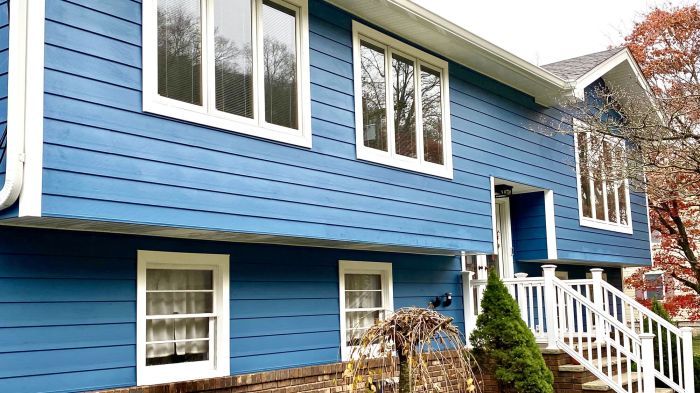
When considering a siding remodel project, it's essential to explore the various types of siding materials available in the market. Each material has its own set of characteristics, including durability, maintenance requirements, aesthetic appeal, and cost considerations.
Vinyl Siding
Vinyl siding is a popular choice due to its affordability and low maintenance requirements. It is durable, resistant to rot and insect damage, and comes in a variety of colors and styles. However, it may crack or fade over time, especially in extreme weather conditions.
Wood Siding
Wood siding provides a natural and classic look to a home. It is versatile and can be painted or stained in different colors. However, wood siding requires regular maintenance, such as painting or sealing to protect it from moisture and pests.
It is also more prone to rot and decay compared to other materials.
Fiber Cement Siding
Fiber cement siding is a durable and low-maintenance option that mimics the look of wood or stucco. It is resistant to fire, insects, and rot, making it a long-lasting choice for homeowners. While it can be more expensive upfront, the minimal maintenance requirements can save money in the long run.
Metal Siding
Metal siding, such as aluminum or steel, is known for its strength and durability. It is resistant to fire, rot, and insect damage, making it a practical choice for homeowners looking for a long-lasting solution. Metal siding can be painted in various colors and styles to enhance the aesthetic appeal of a home.
Planning a Siding Remodel
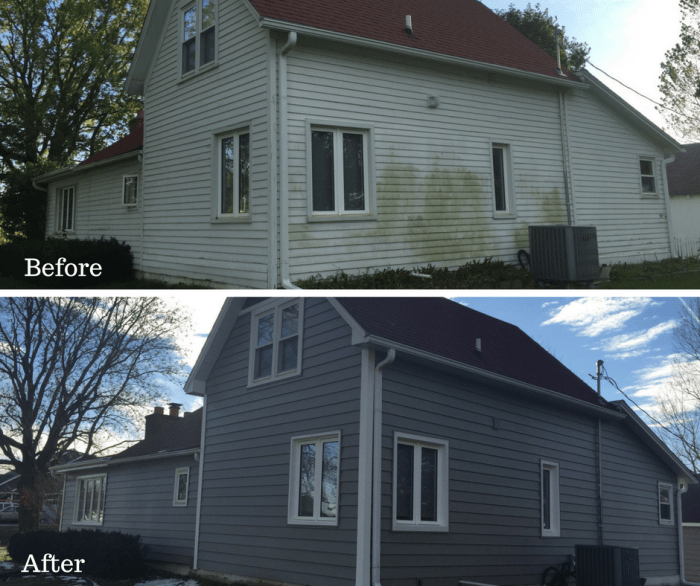
When embarking on a siding remodel project, it is crucial to carefully plan out each step to ensure a successful outcome. From selecting the right color and style of siding to accurately measuring and estimating the required materials, a well-thought-out plan is key to achieving the desired results.
Initial Steps in Planning
- Assess the current condition of your existing siding to determine if a full replacement or repair is needed.
- Set a budget for the project and identify any specific requirements or preferences you have for the new siding.
- Research different types of siding materials and their benefits to choose the most suitable option for your home.
Selecting the Right Color and Style
- Consider the architectural style of your home when selecting a color and style of siding to ensure it complements the overall design.
- Take into account the existing exterior elements such as roofing, doors, and windows to create a cohesive look.
- Consult with a professional or use online visualization tools to preview different color options on your home before making a final decision.
Importance of Accurate Measurements
- Measure the dimensions of each wall where siding will be installed to calculate the total square footage needed for the project.
- Account for openings such as doors and windows when estimating materials to avoid unnecessary waste or shortages.
- Double-check all measurements to ensure accuracy and consider adding a buffer for any unexpected changes or errors.
Hiring Professionals vs. DIY
When it comes to siding remodel, homeowners often face the decision of hiring professionals or taking on the project themselves. Both options have their own set of advantages and disadvantages, which should be carefully considered before making a choice.
Advantages of Hiring Professionals
- Expertise: Professionals have the necessary skills and experience to ensure a high-quality siding installation.
- Time-saving: Hiring professionals can save homeowners valuable time and effort, as they can complete the project efficiently.
- Insurance coverage: Professional siding contractors are typically insured, providing protection in case of any accidents or damages during the installation process.
Disadvantages of Hiring Professionals
- Cost: Hiring professionals can be more expensive compared to a DIY project, as labor costs are involved.
- Lack of control: Homeowners may have less control over the project when professionals are hired, as they are reliant on the contractor's schedule and decisions.
- Communication: Miscommunication or misunderstandings can occur when working with professionals, leading to potential issues during the project.
Step-by-Step Guide for DIY Siding Installation
- Assess the current siding and determine the type of material needed for the replacement.
- Gather the necessary tools and materials for the project, including safety equipment.
- Remove the existing siding carefully, ensuring not to damage the underlying structure.
- Prepare the walls by repairing any damage and installing a moisture barrier.
- Install the new siding according to the manufacturer's instructions, making sure to secure it properly.
- Finish the project by caulking, painting, or sealing the siding as needed for protection.
Common Mistakes to Avoid in DIY Siding Remodel
- Skipping proper preparation: Not properly preparing the walls or surface before installing new siding can lead to issues down the line.
- Incorrect measurements: Failing to measure accurately can result in wasted materials and a poorly finished project.
- Improper installation: Incorrectly installing the siding can compromise its durability and effectiveness in protecting the home.
- Ignoring safety precautions: Neglecting safety gear and precautions can lead to accidents or injuries during the installation process.
Siding Remodel Trends
When it comes to siding remodel trends, staying up-to-date with the latest materials, colors, and textures can help you achieve a modern and stylish look for your home. Let's explore some of the current trends shaping the world of siding remodels.
Modern Siding Materials
- One of the trending materials for siding remodels is fiber cement. This durable and low-maintenance option mimics the look of wood but with added durability.
- Vinyl siding continues to be a popular choice due to its affordability and versatility in terms of colors and styles.
- Wood siding, particularly cedar and redwood, is making a comeback for those who prefer a natural and rustic aesthetic.
Eco-Friendly Options
- Eco-friendly and sustainable siding options are gaining popularity in modern remodeling projects. Materials like recycled wood, metal, and fiber cement are being used to reduce environmental impact.
- Sustainable siding options, such as reclaimed wood or composite materials made from recycled plastics, are not only environmentally friendly but also add a unique character to your home.
Innovative Design Ideas
- One emerging trend is the use of mixed siding materials to create a dynamic and visually appealing exterior. Combining materials like wood, metal, and fiber cement can give your home a one-of-a-kind look.
- Vertical siding is becoming increasingly popular for a modern and sleek appearance. This style can add height and dimension to your home's facade.
Final Thoughts

In conclusion, siding remodel is a transformative process that not only beautifies your home but also bolsters its functionality and resilience. By exploring the latest trends, materials, and installation options, you can embark on a renovation journey that truly revitalizes your living space.
Question & Answer Hub
What are the key benefits of updating siding?
Updating siding enhances curb appeal, improves energy efficiency, and provides protection against harsh weather conditions.
Which siding material is the most durable?
Fiber cement siding is known for its durability and low maintenance requirements.
How can homeowners choose the right color and style of siding?
Homeowners should consider their architectural design when selecting siding colors and styles, ensuring a cohesive look.
Is DIY siding installation recommended?
DIY siding installation can be cost-effective but hiring professionals ensures a precise and efficient installation process.
What are some popular siding trends?
Current trends include eco-friendly options, unique textures, and mixing different siding materials for a modern look.
